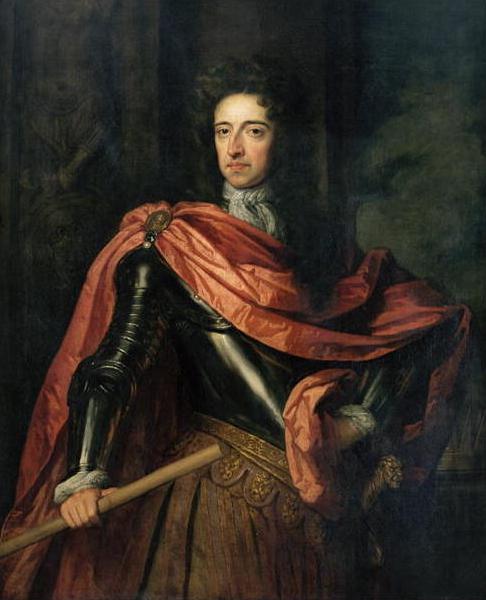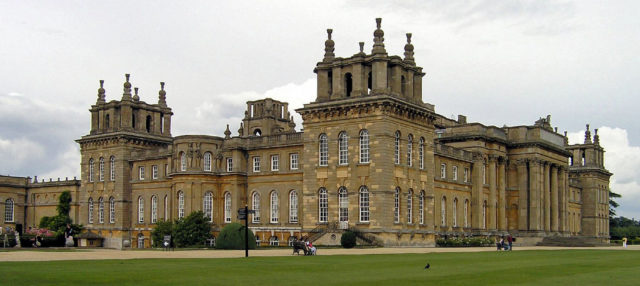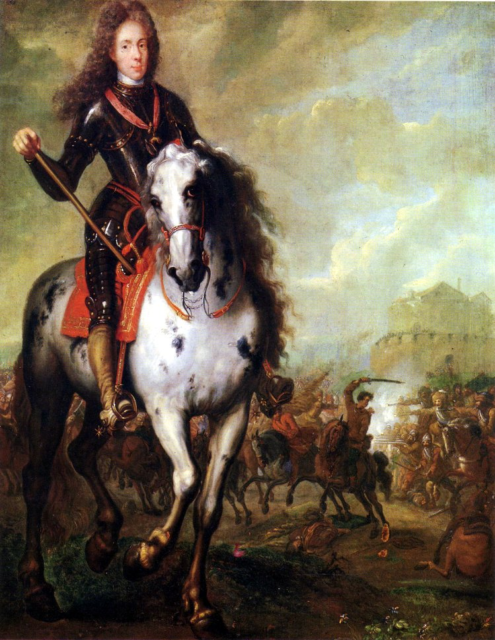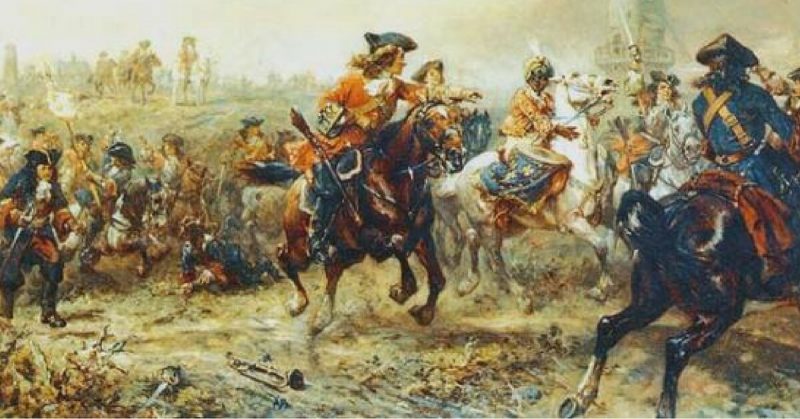The Duke of Marlborough has a reputation as one of the greatest commanders in British and even world history. A son of minor gentry he rose to lead British Armies from 1702 to 1711. He brought great success to Britain and her allies.
Marlborough’s legacy also shows a man immensely proud of his accomplishments. Was this Duke the biggest ego in military history?
Marlborough’s Career
General John Churchill, the 1st Duke of Marlborough, served five British monarchs in the course of a decades-long military career.
Advancing through the ranks by both his skill and courage, he played an important part in defeating the Monmouth Rebellion of 1685. Having secured James II’s place on the throne, he then deserted him when William of Orange ousted James in 1688. Under King William, he served with distinction in the early stages of the Nine Years War.
It was the arrival of Queen Anne in 1702 that brought Marlborough to his greatest triumphs. A friend of Marlborough’s wife, Anne made him Captain-General of British forces fighting in the War of the Spanish Succession. Effectively Commander in Chief of the allied forces, he achieved significant victories at Blenheim, Ramillies, Oudenarde, and Malplaquet.
By the time of his political fall from favor, Marlborough had become a hero to his countrymen, earned a fabulous fortune, and made Britain staggeringly powerful within Europe.
Marlborough’s Capabilities

Marlborough was a brave commander who led from the front when necessary. He was not, though, a hot-headed warrior. A master of both tactics and logistics, his attention to detail kept his armies functioning when on campaigns and victorious on the battlefield.
Part of his success came from innovation. He used both artillery and cavalry more aggressively than his contemporaries, changing the way battles were fought. He was gifted at the art of bluff. At Ramillies, he used military flags to trick the French into thinking his right flank remained strong, as he moved troops from there to elsewhere in the line.
Perhaps Marlborough’s greatest gift was that he cared about the conditions under which ordinary soldiers served. In 1704, he ensured hospitals were set up for them at Nordlingen, and in 1705 he took care to provide hand mills for the grinding of grain.
He was a commander who took care of the details that mattered.
Marlborough’s Legend

Marlborough’s triumphs brought him near-legendary status in Britain. The Government agreed to help fund the building of Blenheim Palace, both a home for the Duke and a monument to his achievements.
Centuries later, it is impossible to visit Blenheim Palace and not be struck by the sheer egotism it would have taken for Marlborough to achieve a home like this.
The building is hung with paintings and tapestries depicting his achievements. Looking out from the dining hall across the entrance hall, through the gates, and across the river, is a pillar with a statue of the Duke, carefully framed by both the architecture and the landscaped gardens. Even the name of the Palace is a tribute to his most famous victory.
Men who had served under Marlborough contributed to his legend. Francis Hare published his Life and Glorious History in 1705, while Marlborough was still an active General.
Marlborough’s later political downfall also speaks to pride and ambition that brought him into conflict with all sides of the British political establishment.
Leaning on Others

Marlborough and those around him fostered his legend, sometimes at the expense of others who played a vital part in his success.
Prince Eugene of Savoy, commanding the forces of Britain’s ally Austria, was also a capable commander. He co-commanded three out of four of Marlborough’s greatest victories. When they worked together, these men were virtually unstoppable.
Marlborough was also building on the groundwork laid by other politicians and commanders of the era. On taking the throne of England, William III had set about reforming the nation’s armies. He transformed the forces which had become politicized and deeply unpopular into a permanent standing force.
Parliament was willing to mobilize tens of thousands of men on a long term basis and to fund their campaigns. This gave Marlborough a capacity for warfare unavailable to previous British commanders.
The use of weapons played a part. The British Army had embraced the recent shift away from blocks of musket and pikemen and toward rifles with bayonets. They had adapted more quickly to the implications of this change, allowing them to seriously out-shoot their French opponents.
Not the Biggest Ego, but One of Them
Given the grandeur in which he draped himself and the extent to which he built upon the work of others, was Marlborough a creature of pure ego?
The Duke’s battlefield achievements say otherwise. Yes, he was overly proud of what he had achieved and his role in it but he was clearly vital to Britain’s successes. Parliament’s willingness to help fund Blenheim Palace was a measure of this.
There have been other commanders in military history whose self-aggrandizement outshines Marlborough. Julius Caesar wrote and published proudly biased accounts of his campaigns, then plunged Rome into civil war for his own political benefit.
Napoleon Bonaparte recreated the French state around himself, attempting to forge a new imperial monarchy. Marlborough’s collection of portraits and battle scenes is nothing compared with the writings and images Napoleon commissioned around himself.
Marlborough stands out because, unlike Caesar and Napoleon, he never became a ruler. He was a General, and in relation to such men, he seems self-important and at times pompous.
Compared with politicians, he looks like a man with a reasonable grasp of his own significance, if no sense of humility.
Sources:
David Chandler (1994), ‘The Great Captain-General 1702-1714, in David Chandler and Ian Beckett (eds), The Oxford History of the British Army.
Richard Holmes, ed. (2001), The Oxford Companion to Military History.
J. R. Jones (1993), Marlborough.
